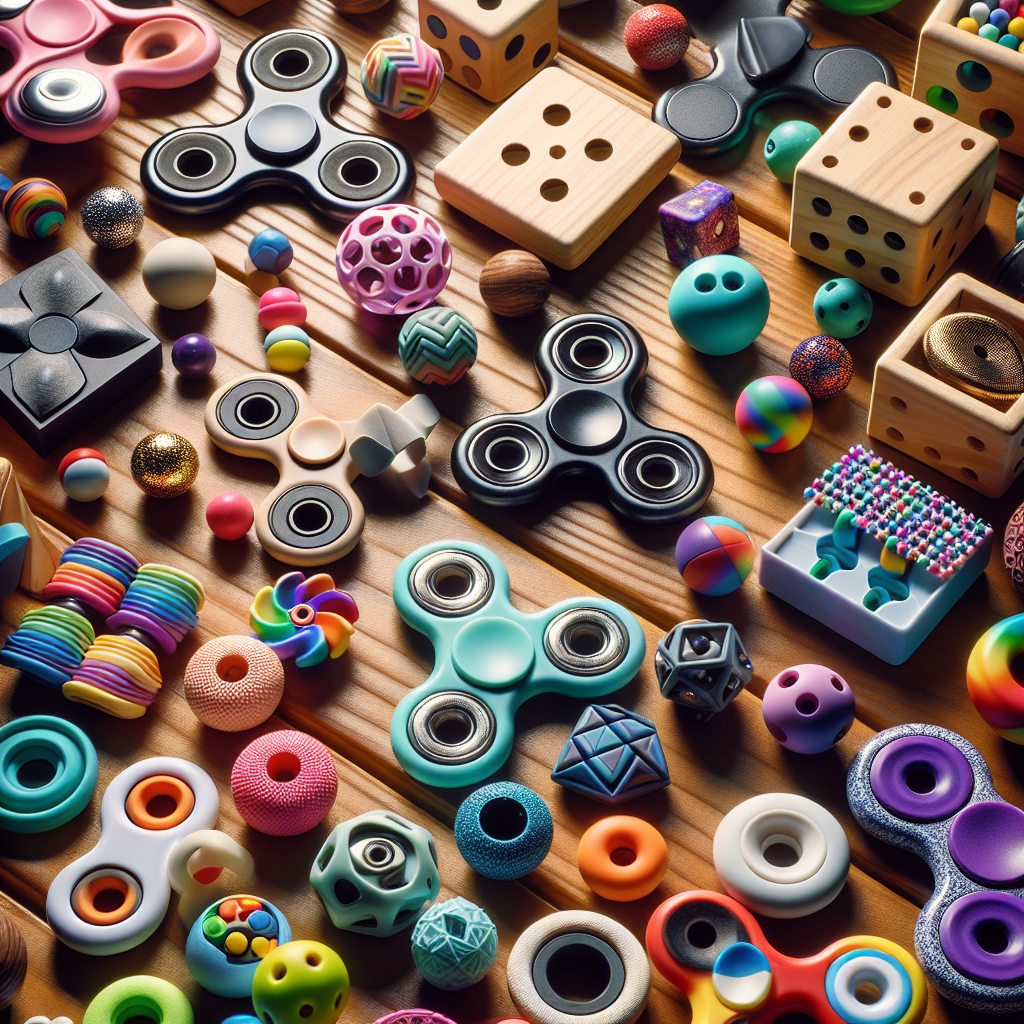Sensory processing difficulties can be a significant barrier to daily functioning and overall well-being. Individuals with these challenges often find the world around them to be overwhelming or underwhelming due to their unique sensory needs. Adaptive equipment plays an essential role in providing sensory input or modulating sensory experiences to create a more accommodating environment for those with sensory processing difficulties. This article will discuss various adaptive tools and strategies to help manage sensory processing issues effectively.
Understanding Sensory Processing Difficulties
Before delving into adaptive equipment, it’s crucial to comprehend what sensory processing difficulties entail. Sensory processing refers to the way the nervous system receives messages from the senses and turns them into appropriate motor and behavioral responses. For some individuals, sensory information is not organized into appropriate responses, leading to challenges in performing countless everyday tasks. This can manifest as hypersensitivity (over-responsiveness), hyposensitivity (under-responsiveness), or sensory-seeking behaviors.
Adaptive Equipment for Sensory Regulation
There is a myriad of adaptive equipment designed to address the needs of those with sensory processing difficulties. These tools help individuals to regulate their sensory input, which can improve attention, behavior, and even social interactions.
Sensory Rooms and Spaces
Sensory rooms or spaces are designed to promote self-organization and relaxation through controlled sensory input. These rooms can be equipped with a variety of adaptive equipment, such as:
- Soft Lighting: To create a calming atmosphere for those who are sensitive to bright or fluorescent lighting.
- Weighted Blankets: These can provide deep pressure input, which is calming and organizing for many individuals.
- Sound Machines: Used to mask background noise or provide calming sounds that can help focus and soothe.
- Visual Stimuli: Including fiber optic lights or lava lamps to provide gentle and captivating visual input.
Tactile Tools
For those who require tactile input to stay regulated, tactile tools can be very beneficial. Some examples include:
- Fidget Toys: These can help improve concentration and provide an outlet for excess energy.
- Textured Mats and Rugs: They offer a variety of tactile experiences that can be soothing and engaging.
Vestibular and Proprioceptive Equipment
Vestibular and proprioceptive input is crucial for those who have difficulties with balance, coordination, and spatial orientation. Equipment like swings, balance boards, and trampolines can be invaluable for providing this type of sensory input.
Communication Aids
For individuals with sensory processing difficulties, communication can also be a challenge. Adaptive equipment such as picture exchange communication systems (PECS) or speech-generating devices can be instrumental in aiding communication.
Incorporating Sensory Strategies into Daily Routines
Incorporating sensory strategies into daily life can help manage sensory processing difficulties. For instance, Implementing Sensory Strategies in Home Schooling provides insights into how sensory tools can be seamlessly integrated into educational activities. Likewise, understanding The Relationship Between Sensory Health and Physical Fitness can guide one on how to maintain a balance between sensory needs and physical health.
Sensory Integration Therapy
Sensory Integration Therapy is a therapeutic approach that incorporates specific sensory activities into the daily routine of individuals with sensory processing difficulties. The focus is on activities that provide vestibular, proprioceptive, and tactile feedback. This type of therapy is usually guided by occupational therapists who are skilled in assessing and addressing sensory processing issues. For further reading on therapy techniques, Sensory Integration Approaches in Speech Therapy is an excellent resource.
Selecting the Right Adaptive Equipment
When choosing adaptive equipment, it’s essential to consider the unique sensory needs of the individual. What works for one person may not be effective for another. It is often helpful to consult with an occupational therapist to determine the best tools and strategies for sensory regulation.
For a deeper understanding of sensory health, consider exploring Sensory Health as it provides a comprehensive overview of sensory processing and its impact on overall health.
External Resources for Further Support
- The STAR Institute offers resources and research on sensory processing disorder, including guidance on adaptive equipment.
- Understood.org provides detailed articles and tools for those with learning and attention issues, including sensory processing challenges.
- The Sensory Processing Foundation focuses on providing education and research on sensory processing.
The Impact of Sensory Processing on Daily Life
Sensory processing difficulties can affect various aspects of life, from personal comfort and social interactions to learning and work performance. By using adaptive equipment tailored to individual needs, it can greatly enhance the ability to navigate daily life more effectively. It’s about creating an environment that respects and accommodates sensory preferences.
Conclusion
Adaptive equipment for sensory processing difficulties offers a lifeline for those who struggle to interact with the world in conventional ways. By understanding and utilizing these tools, individuals with sensory processing challenges can experience improved well-being and a higher quality of life. It’s important to remember that sensory needs are highly individualistic, and what benefits one person may not be suitable for another. Continuous exploration and adjustment of strategies and equipment are key to finding the most effective sensory solutions.
For more specialized insights, consider reading about The Role of Sensory Experiences in Cognitive Decline to understand the broader implications of sensory health across different stages of life. By staying informed and proactive, we can better support those with sensory processing difficulties in leading fulfilling and comfortable lives.



